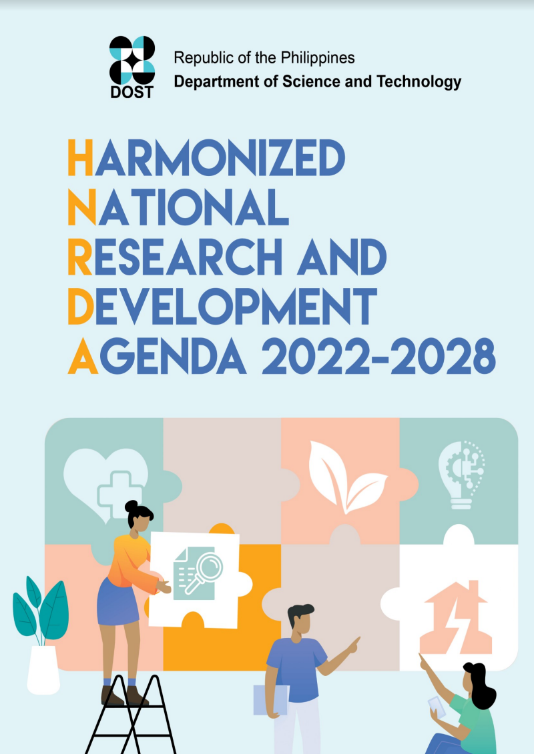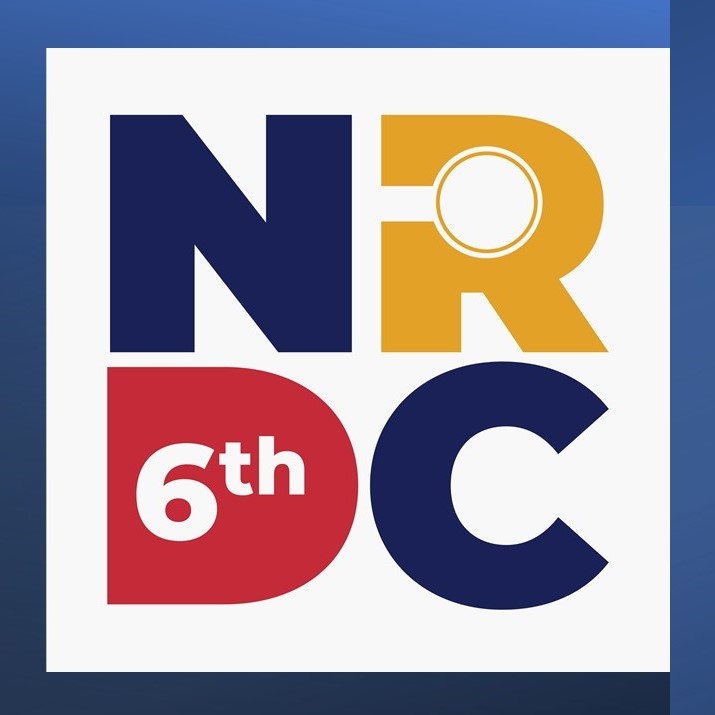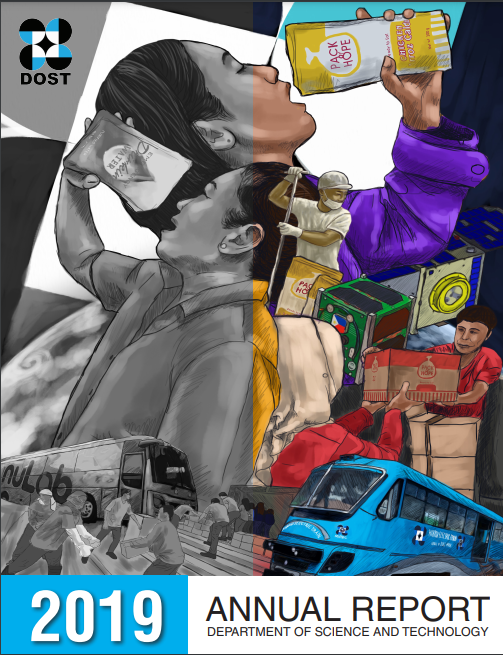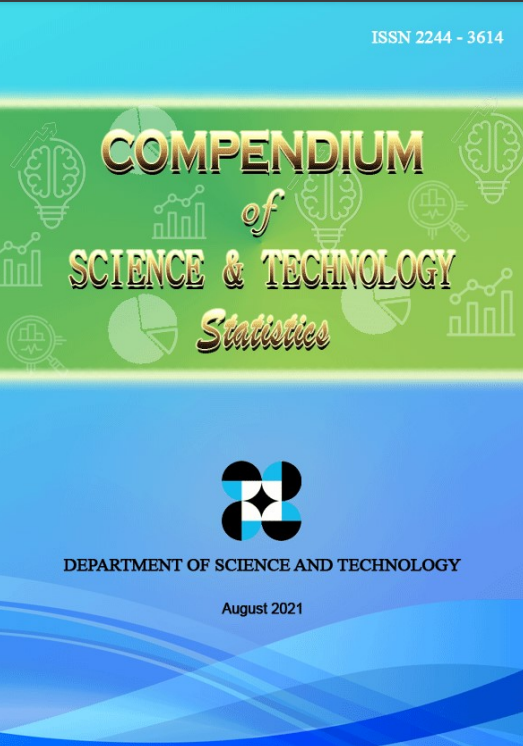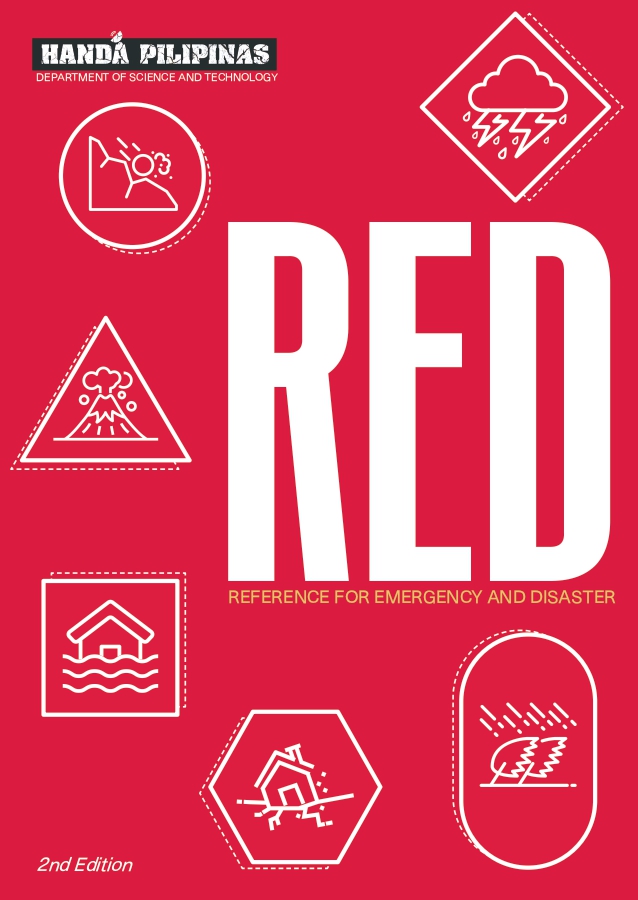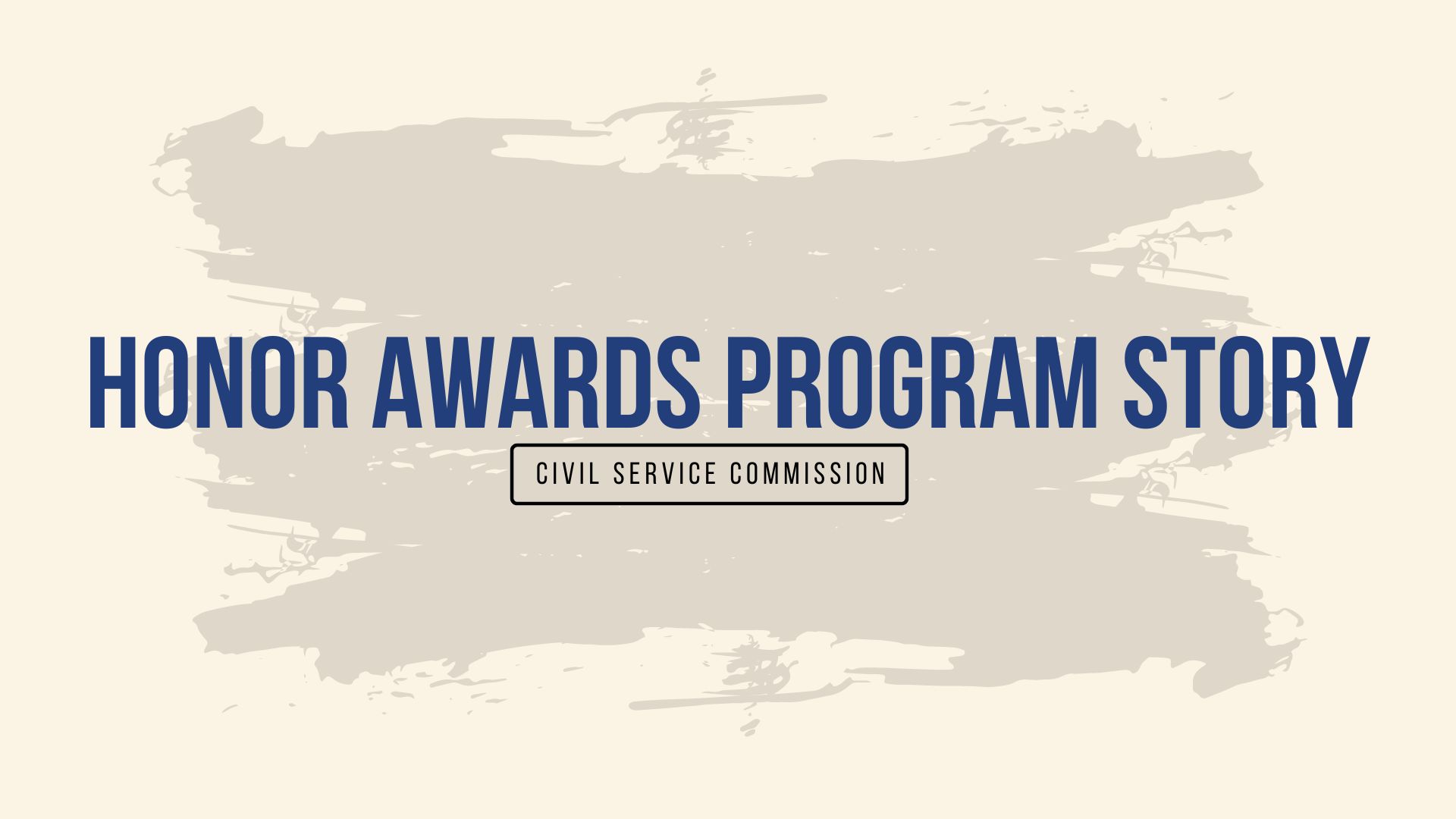DOST-ITDI standardizes wine starter to improve tapuy quality
- Details
- Hits: 11644
Tapuy, a local rice wine very popular in the Cordillera Province may soon sit side-by-side with Japanese sake, Malaysian tapai, Chinese chao chingchu, and the likes in international wine cellars. This international market prospect is made clearer by researchers at the Department of Science and Technology’s Industrial Technology Development Institute (DOST-ITDI) who found the key to better quality tapuy by improving the process of producing the starter.
The exquisite taste of tapuy oozes from bubod , a wine starter that can consistently produce quality tapuy with improved yield and appealing taste. Tapuy is prepared by fermenting glutinous rice using bubod. After fermentation, the glutinous rice becomes soft, with liquid forming on top of the mixture. This liquid is tapuy, known for its acidic but sweet alcoholic flavor and a pleasant aroma.
 |
The secret behind making good tapuy is good quality bubod. As part of DOST-ITDI’s continuing quest to help improve the competitiveness of the local industries, ITDI-based experts finally standardized the process of making good quality bubod.
Traditionally, bubod comes in the form of flattened and rounded balls of various sizes and are compact and dry.
According to Michelle Evaristo, Science Research Specialist II at ITDI’s Food Processing Division and also the project leader, the improved bubod is made from powdered NFA rice and cassava flour, both cheaper than the traditionally used glutinous rice. |
The researchers mix pure cultures of the mold called Rhizopus oryzae and the yeast Saccharomyces cerevisiae to the rice-flour. Then they add water, form it into dough, granulate the mixture, and then incubate it to allow the growth of organisms.
The dough is oven-dried until the moisture content dips to 9-12 percent. The mold produces enzymes that will break down the starch into simple sugars, which will then be used by the yeast to produce alcohol.

“What makes this newly improved bubod different from the traditional one is that it is now granular in form, allowing more surface area for faster drying, as well as making organisms grow better,“ Evaristo emphasized. Hence, incubation takes only overnight instead of the traditional 48 hours. Growth of more beneficial organisms is also achieved using the granular form resulting to a pure culture that gives better quality wine. “All in all, this developed bubod has good microbial quality and is quicker to prepare,” she said. The bubod also increased rice wine yield with higher alcohol content.
In terms of shelf life, she said that the bubod can last up to 12 months and still be capable of producing good quality rice wine.
“And with the improved bubod’s good performance, starting this month, we are working on standardizing the whole process of rice wine production and we are now conducting upscale trial production and further evaluation,” she told.
This innovation has also solved a lot of problems encountered by tapuy producers, such as short shelf life, low yield, higher production cost, adulteration, inconsistency in the quality of bubod, and packaging-related problems, she added.
DOST-CAR (Cordillera Autonomous Region) with ITCI are currently poised for a dry run in preparation for the eventual commercialization of the technology. (Del-Delica Gotis, April 18, 2013)
Coat the town green with DOST’s smarter, dirt-proof paint technology
- Details
- Hits: 12855
Smarter technologies are beginning to move into Filipino households as the Department of Science and Technology ushers in its Smarter Philippines program. In fact, local experts are busying themselves developing technologies for smarter living.
So how about a recently-developed paint that makes your house bright and even rids out dirt and other microbial elements?
Put your brush up to the DOST - Industrial Technology Development Institute’s (DOST-ITDI) self-cleaning paint. The polymer paint is acrylic based and has the ability to prevent water and dirt from seeping into its surface. When applied on a concrete surface, it repels water and dirt, effectively “cleaning” itself.
The self-cleaning paint has titanium oxide and locally sourced silica which when exposed to ultraviolet ray exhibits its photocatalytic property. This means it breaks molecules of emission gases on its surface. This protects the paint from any discoloration due to organic microbes from gas emissions and oils.
It also repels water and lets liquid just flow on its surface without seeping into the paint, consequently carrying dirt such as dust particles, lipophilic dirts, and others.
The paint technology mimics the lotus and gabi plant leaves that have complex structures such that water droplets that land on the surface pick up particles as they flow out, minimizing adhesion of dirt on the leaves. Such characteristic is called the lotus effect.
Through nanotechnology, DOST-ITDI enhances this functional capability as it develops said environment-friendly paint. This innovation also prolongs the luster of the paint. This emerging paint technology is already in the market for some time in some countries. However, the premium price makes it unaffordable to most people.
According to Dr. Araceli Monzada of the Materials Science Division of DOST-ITDI, the locally developed self-cleaning paint will be more affordable than the commercially available paints when it reaches its commercial stage as it uses locally available additives.
The paint technology is expected to cut down annual maintenance costs significantly in buildings which will no longer require annual washing and periodic repainting to retain its luster. In Singapore, the cost of washing a building once a year is at SGD10,000 to SGD50,000 (P330,000 to P1.65M) and in some malls, washing is normally done quarterly. Because of the long retention of the paint’s luster, users save water to be used in washing. The less frequent washing will also minimize surface damages on the buildings caused mainly by strong detergents and high water pressure from water jets.
Currently, the paint is available only in white, but DOST-ITDI is set to develop other colors. Dr. Monzada also added that with the importance of this innovation, the institute plans to design the paint for use in the automotive industry.
DOST’s summer camp beefs up students’ capability in geo & marine sciences
- Details
- Hits: 3240
Over 40 high school students from different provinces had a fun S&T summer at the Department of Science and Technology’s Geo –Marine science camp held on April 27 –May 5, 2013 at Puerto Galera, Mindoro Oriental .
With the theme ”Rock the Ridge, Reach the Reef”, the said summer science camp was organized by DOST’s Science and Education Institute (SEI) in cooperation with University of the Philippines-Marine Science Institute and University of the Philippines –National Institute of Geological Sciences.
Throughout the nine-day exposure, campers attended classes that included problem solving, research, critical thinking and communication skills incorporated with Biology, Meteorology, Geology and Marine Science facilitated by some UP-MSI and UP-NIGS staff.
Also embedded in the camp were significant activities such as coral reef exposures at Muelle Bay San Antonio Island, trekking, and community interaction in a Mangyan village.
The science camp aimed to encourage high school students explore geo and marine sciences and stress the value of pursuing degrees and careers in these fields while developing skills to achieve success in their chosen fields. At the same time, it aimed to promote the culture of research and its importance in addressing challenges in the environment and society.
Started in 2009, DOST-SEI’s science camp had encouraged skilled and gifted students in science and mathematics to consider S&T careers. Science camps held annually focused on various fields of S&T such as biology, mathematics, engineering. Boosted by its successful outcome, the camp extensively trained students from the Philippine Science High School campuses nationwide and selected science high schools in Metro Manila.
DOST scholars will help achieve a smarter Philippines - Sec. Mario Montejo
- Details
- Hits: 4393
Some 3,597 high school students who qualified as DOST-SEI undergraduate scholars for the incoming school year of 2013-2014 gathered recently for a ceremonial presentation at the Department of Science and Technology Compound in Bicutan, Taguig City. This year’s passers are 7.1% higher than the 3,359 number of qualifiers last year, according to DOST’s Science Education Institute.
DOST Sec. Mario G. Montejo said that this year’s huge number of qualifiers is a proof of the government’s growing commitment to science and technology.
“We are optimistic that these future big players will help us in creating S&T-based solutions for us to achieve a ‘smarter’ Philippines,” he said.
Sec. Montejo advised the students to work for their motherland in the future. “People who are from the S&T sector are the ones who can prove that local technology really works,” he said . “Sa pamamagitan ng S&T, magagawa natin putulin ang sarili mula sa foreign dependency,“ he added. (Through S&T, we can pull ourselves out of foreign dependency).
As the next generation of game changers, Montejo urged the scholars to use research development principles to produce more mass transit systems like the AGT in UP and other possible industries to create more value in the country.
“To look for a world class solution is to resolve our local problem,” he emphasized.
According to DOST-SEI, the number of municipalities with qualifiers also increased to 1,107 this year compared with 975 in 2012. From the total number of the 2013 passers, 3,089 belong to economically disadvantaged families who qualified under the RA 7687 Scholarship grants, while 508 students qualified for the DOST-SEI Merit Scholarship Program.
The qualifiers from the National Capital Region, about 10 percent of the total, were at the ceremony.
Meanwhile, SEI Director Filma G. Brawner believes that the country will be able to produce more S&T professionals through the implementation of various innovative strategies in developing human resources along with the different scholarship programs of the Institute.
“I believe that through the different scholarship programs of DOST-SEI, we are slowly inching towards meeting the ideal number of scientists and engineers per million population as well as in reaching our vision of a scientifically-equipped society,” Brawner said. “We are really pushing more graduates from a non progressive province.”
One of the highlights of the ceremony was when Dr. Salvador Caoili, a past scholar, took the podium to talk to the students about the essence of being an “S&T servant.” Dr. Caoili, a DOST-SEI scholar in 1989, is currently an associate professor of the College of Medicine University of the Philippines-Manila. He graduated summa cum laude from UP with a Bachelor of Science in Molecular Biology.
Dr. Caoili stressed that scientists are not an elite group. “We need to reach out the people and tell them that S&T is not an alien thing,” he said.
The younger generation has the responsibility to link up science and yechnology in many aspects of life, according to Caoili. “Science is not distinct form culture, science is already stimulated from the time we were born.”
The DOST-SEI Undergraduate Scholarship Program is DOST’s response to its mandate of accelerating the pace of knowledge-driven development in accordance with the S&T human resource growth potential in the country.
Moreover, SEI is now announcing the 2014 S&T Undergraduate Scholarships. Application forms can be obtained at SEI or can be downloaded at its website, www.sei.dost.gov.ph and www.science-scholarships.ph. Deadline for filing of application and requirements is on August 23, 2013. The nationwide scholarship examination will be on September 22, 2013. 
A number of this year’s science and technology scholars gathered at the Department of Science and Technology for a ceremonial presentation to Secretary Mario G. Montejo (middle) recently at the Executive Lounge in the DOST Compound. Some 3,597 high school students qualified for the DOST-Science Education Institute Undergraduate Scholarship for the incoming schoolyear 2013-2014, an increase of 7.1 percent from last year’s qualifiers. Known as R.A. 7687, the Science and Technology Scholarship Act of 1994 aims to promote the development of the country’s science and technology human resources in line with economic development and to provide the capability required in the areas of research, development, innovation. At Sec. Montejo’s left side is DOST Usec. Carol M. Yorobe, SEI Dir. Filma Brawner, and UP Professor Salvador Caoili. At Sec. Montejo’s right is Asec. Oswaldo Santos. (S&T Media Service)













